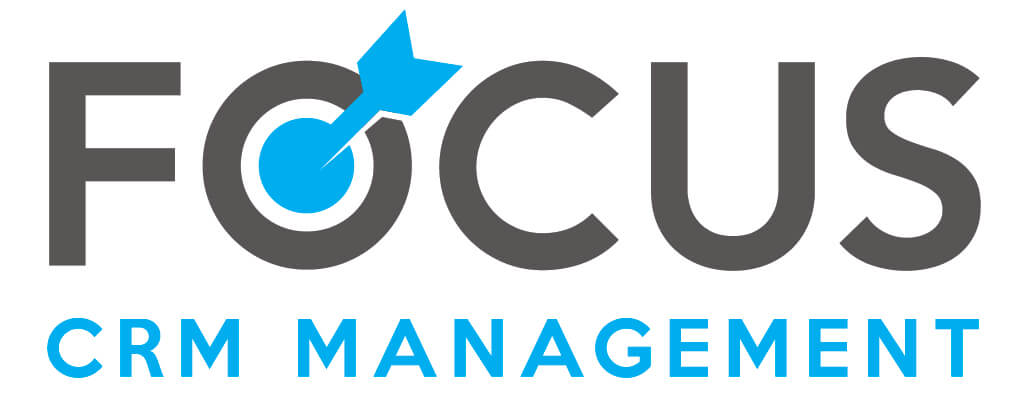As a Salesforce Consultant I spend a great deal of time improving my clients’ perception of Salesforce. Understandably, organizations want to ensure the cost and resources they commit to Salesforce are worth the investment.
One of the most common questions I am asked is how to easily report on sales data to determine if the organization and salespeople are on target to achieve their goals. Specifically, owners and sales management are interested in understanding:
- Given the broad range of inputs available in Salesforce, which metrics are most relevant to measure?
- Can Salesforce reports be customized to create a meaningful snapshot of those metrics?
1. Identify: Which metrics are most important?
Well, my answer is usually some version of: ‘let’s talk about your objectives and establish key metrics that will measure progress to achieving these goals. From this we can build a customized report providing real-time insight into your sales organizations performance’.
You can imagine how many of these conversations I’ve had over my 11 years with Focus! I have concluded that the following metrics and criteria are the most commonly relevant:
Key Performance Indicators:
- Closed Won
- Weighted Pipeline
- Closed Lost
- Sales Forecast (sum of Closed Won + Weighted Pipeline)
- Close Rate
Grouping & Date Ranges
- By Sales Rep
- By the Organization Overall
- By Quarter and YTD
2. Organize: How can this information be organized into a SINGLE and SIMPLE report?
Most people have the greatest amount of difficulty at this stage. However, it need not be intimidating at all. Before building the report, you may choose to customize some of the Salesforce fields. For example:
- Weighed Pipeline: A pipeline in itself does not predict future performance (as much as we’d like, no one will close 100% of their opportunities). I find it beneficial to create a “weighted forecast” field that calculates the opportunity amount x probability of close to return a more realistic sales forecast.
- Close Rate: close rate is a good reflection of past performance and can be helpful with forecasting as well as identifying gaps in performance. I’ve found the following to be the best definition of close rate: close rate = closed won / total closed (won & lost).
Once identifying the metrics and creating a couple of unique fields is done, building the report is simple.
3. Create: Now it’s time to build your Matrix Report
The Matrix Report in Salesforce is the most effective format for Key Indicators as it allows you to summarize data by both rows and columns. The resulting report will look something like this (keep in mind we are in the middle of the year):

In this example you can view relevant metrics for three sales reps. The metrics summarize what each has sold (closed won), what they have lost (closed lost), what they are forecasting to close for the remainder of the year (sales forecast = sum of closed won amount + sum of weighted amount) and their close rate.
Awesome, right?!?
I love this report because it presents a real-time, easy to follow and insightful sales story related to your organization’s important sales metrics.
If you want to understand how to best leverage the data within Salesforce to empower your sales team through the use of effective reports and dashboards, contact us today for a Discovery Session.

